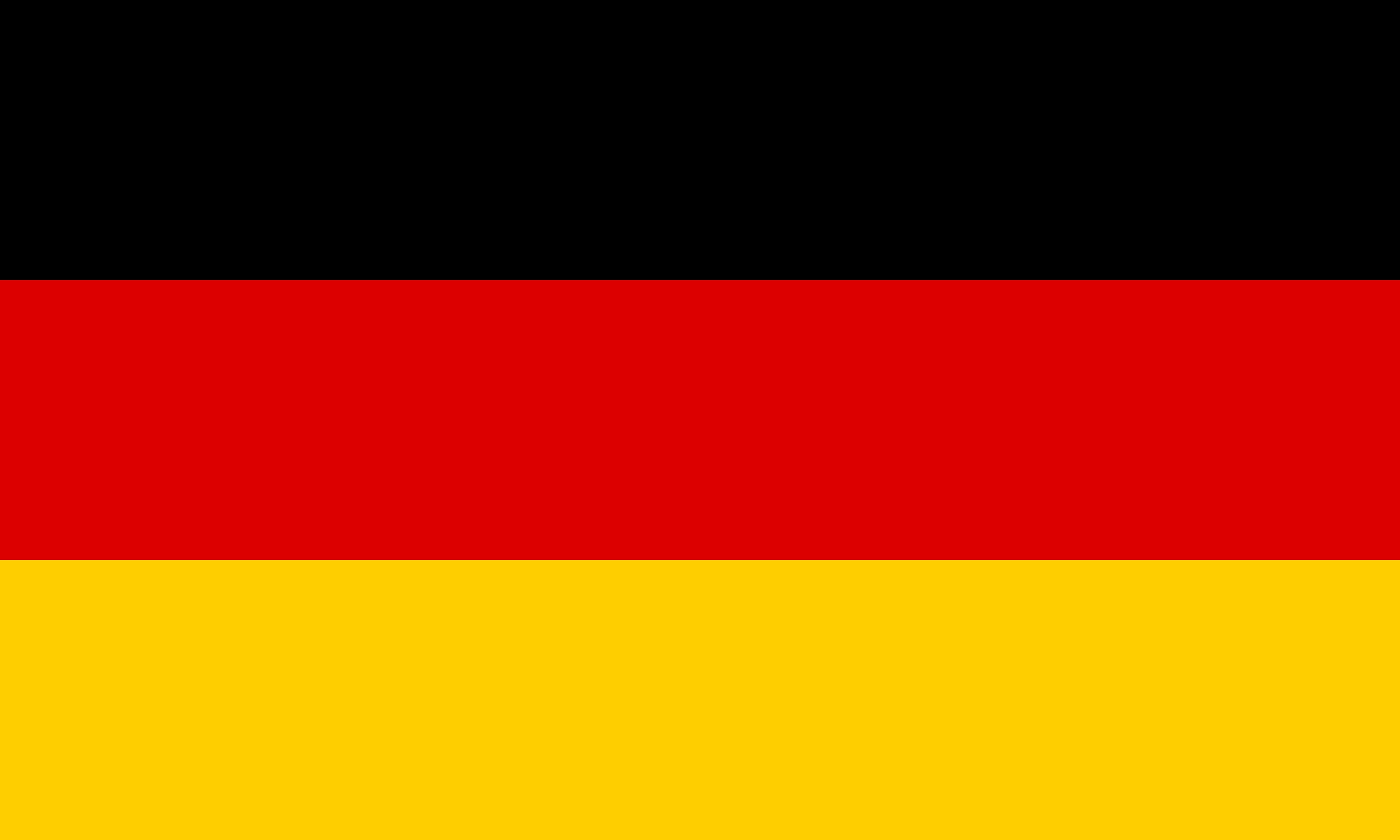
 Obesity
ObesityGastric Balloon
One of the most frequently used stomach reduction procedures is the gastric balloon application. In this procedure, which is performed endoscopically without any incision in the body, a silicone balloon containing salt water is placed inside the stomach. In this way, the capacity of the stomach is restricted and a feeling of fullness is achieved more quickly with less food.
Gastric balloon is an effective option for people who cannot lose weight with diet and exercise. However, as in other weight loss surgeries, people who prefer a gastric balloon need to make some changes in their lifestyle. Although food intake is restricted with the balloon, this is not enough for a healthy weight loss. Making permanent changes, eating healthier and adopting an active lifestyle will make the gastric balloon application more successful in the long run.
Gastric balloon is one of the methods applied for people who cannot lose weight with a healthy diet and regular exercise. Losing weight significantly reduces the risk of some serious diseases. The risk of gastroesophageal reflux disease, heart diseases, stroke, high blood pressure, sleep apnea, non-alcoholic fatty liver disease, non-alcoholic steatohepatitis and type 2 diabetes increases with weight. When weight is lost thanks to gastric balloon or other weight loss surgeries, the risk of these diseases also decreases.
How is the Gastric Balloon Placed?
The person to whom the gastric balloon will be placed must first be subjected to various analyzes and examinations. After the surgery, people should eat healthy and exercise regularly. It is generally recommended to start these changes before the surgery.
Gastric balloon placement is less risky than other weight loss surgeries. Because in this procedure, no incision is made on the body. Patients who have a gastric balloon placed are generally considered outpatients. During the procedure, a thin tube with a silicone balloon at the end is extended from the mouth to the stomach. Afterwards, the endoscope with a camera at the end is sent to the stomach in the same way. The location of the balloon is checked with the camera, and then the inside of the balloon is filled with salt water. Placing the gastric balloon takes about half an hour. Patients can be discharged approximately 2 hours after the procedure.
Six hours following the procedure, it is possible to begin consuming simple, light-colored drinks without any particulates. Typically, the liquid diet is maintained until the start of the second week. The switch to soft foods like puree is made in the second week. After the gastric balloon has been implanted for about 3 weeks, you can resume your regular diet.
Weight Loss Following Surgery
Depending on the desired type of gastric balloon, the gastric balloon has a useful life of either 6 or 12 months. Endoscopic removal is used to remove the balloon from the stomach when the time is due. Whether or not to place the new balloon is decided after that. The expert doctor's plan allows for the possibility of re-placing the gastric balloon if necessary.
As a result of having a gastric balloon, it is possible to feel full by eating less food. In this way, people begin to feel full more quickly than usual. Apart from that, the gastric balloon allows the food in the stomach to be digested more slowly and emptied later. It is also known that the balloon provides changes in the hormone levels that control appetite. The amount of weight to be lost with the procedure varies from person to person.
Generally, 7% to 15% of body weight can be given within 6 months after balloon placement. Total weight loss is equal to 30% - 47% of the excess weight. At this point, it is also important for patients to adopt a new lifestyle after surgery. A healthy diet and regular exercise are essential. People who return to their previous lifestyle can start to gain weight over time and return to the preoperative period.
 en
en  tr
tr fr
fr sq
sq de
de

